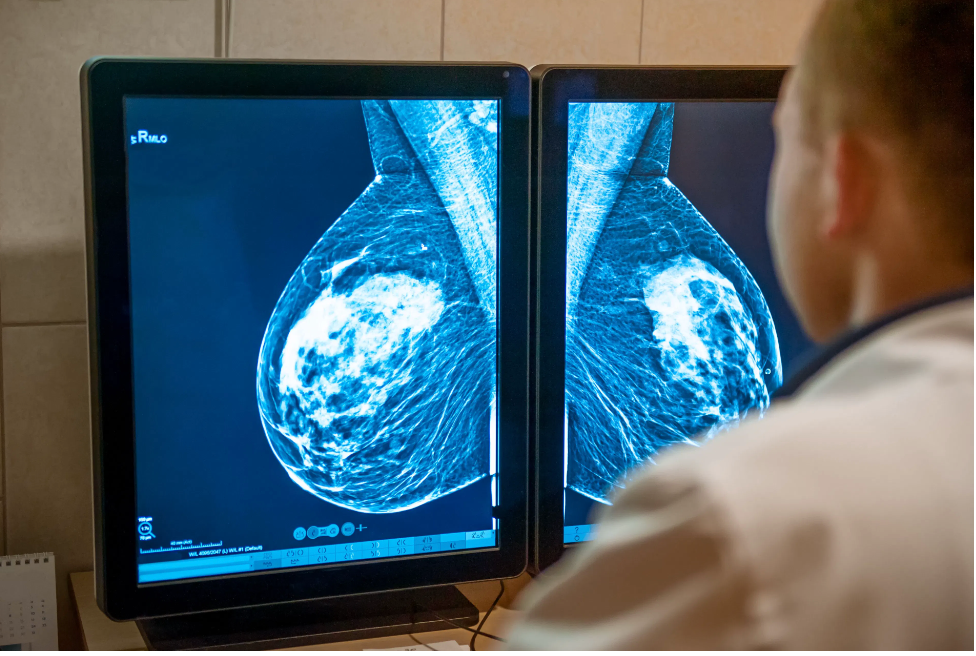News
Article
The Public May Be Exposed to 90% of 921 Chemicals That Can Increase the Risk of Breast Cancer
Author(s):
A recent study sheds light on an alarming number of hormone-disrupting chemicals that are found in everyday settings.
Breast cancer (BC) is one of the most common cancers in the United States, but not all BC is caused by genetics. There may be 921 chemicals that increase risk of BC, according to the authors of a database study published in Environmental Health Perspectives. In the study, investigators evaluated possible chemicals linked to BC and identified chemicals that pose a risk to hormone-disruption; however, the study authors noted there are measures that can mitigate risk of exposure.
“Screening chemicals for these hormonal traits could be an effective strategy for flagging potential breast carcinogens,” said study co-author Ruthann Rudel, director of research at Silent Spring Institute, in a press release.
okrasiuk - stock.adobe.com

Environmental chemicals have long been linked to cancer development, and chemicals associated with BC have been found in pesticides, hair dye, and air pollution. Unfortunately, it could take years to evaluate all environmental chemicals, and it would require many women and children be exposed to the chemicals in the process, so “it’s not feasible, nor is it ethical, to wait that long,” Rudel said in the press release.
Rather, effective tools are needed to predict what chemicals increase BC risk to avoid those exposures, according to Rudal. Thus, researchers with Silent Spring Institute looked at data collected from International Agency for Cancer Research (IARC), the National Toxicology Program, the US Environmental Protection Agency (EPA), and the National Cancer Institute, to identify environmental chemicals linked to mammary tumors in animals. They discovered 278.
The team also evaluated data from the EPA’s ToxCast program to identify endocrine disruptors. These are chemicals that affect hormones, and they can promote BC because it is a hormonaldisease, explained lead author Jennifer Kay, PhD, a research scientist at Silent Spring Institute, in the press release.
Moreover, endocrine disruptors can actually cue cells to increase the production of estrogen and progesterone. In mammary tumors, more than 50% of the chemicals promoted estrogen and progesterone production, and approximately 33% activated the estrogen receptor.
“The fact that so many chemicals can alter estrogen and progesterone is concerning,” said Kay in the press release.
Researchers also discovered 420 of the chemicals that have the dual-function of damaging DNA(which triggers cancer) and altering hormones; animals with mammary tumors were more likely to have these dual-acting chemicals.
Further, 90% of 921 chemicals linked to the development of BC can be found in daily consumer products, food and drink, pesticides, medications, and workplaces, wrote study authors. For instance, the EPA previously approved 30 pesticides that are linked to mammary tumors.
However, in fall of 2023, the EPA created a plan to implement testing on pesticides and hormone effects. Authors hope that the EPA will also take findings from this study into consideration as part of their plan to reduce peoples’ exposure to harmful chemicals.
“This new study provides a roadmap for regulators and manufacturers to quickly flag chemicals that could contribute to BC in order to prevent their use in consumer products and find safer alternatives,” said Kay in the press release.
REFERENCE
More than 900 chemicals, many found in consumer products and the environment, display breast-cancer causing traits. Silent Spring Institute. News Release. January 10, 2024. Accessed on January 11, 2024. https://www.eurekalert.org/news-releases/1030296






